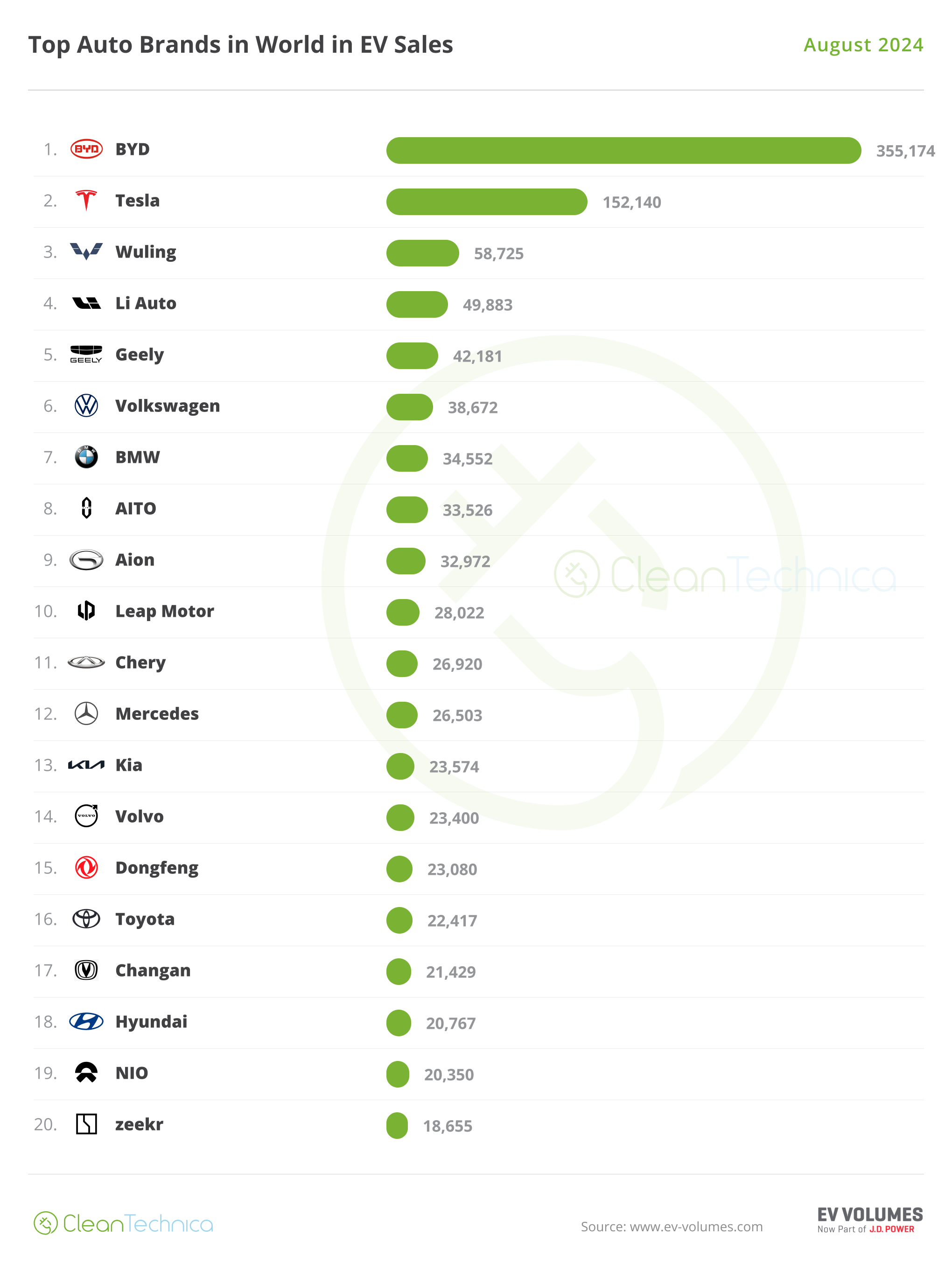Australia may well emerge as one of the few non-China sources for the supply of gallium metal, a valuable mineral used in electronics, LEDs and semiconductors.
In a move toward critical mineral diversification, Alcoa of Australia recently reported that it had signed a Joint Development Agreement with Japan Australia Gallium Associates Pty Ltd (JAGA) to explore gallium recovery at one of its alumina refineries in Western Australia. JAGA is itself a collaboration between Sojitz Corporation and Japan Organization for Metals and Energy Security (JOGMEC). It represents Japan’s strategic push to secure minerals it believes are vital for defense and technology.
Want weekly updates on critical mineral price trends and other industrial metals? Opt into MetalMiner’s free weekly newsletter.
Gallium Metal and Its Growing Value
A by-product of bauxite refining, gallium may not be a “popular” mineral that makes frequent headlines. However, it is a silent powerhouse behind some of the most advanced technologies on the planet, with applications in artificial intelligence hardware, semiconductors and solar cells.

As is the case with many rare earth minerals and metals, China controls 80% of global gallium metal supply and has imposed restrictions on its exports. Meanwhile, nations like Australia, Japan and the U.S. have labeled gallium as critical to national security and technological leadership. This is why the news of Alcoa’s initiative had such a significant impact.
Trying to decide the best time to purchase materials and to lessen tariff impacts? Insights SV’s forecasting capabilities help you time your buys to minimize tariff-related cost increases.
AI and Australia’s New Leverage
Perhaps most notable is the fact that gallium is now considered to be a key element in the AI field. We all know that AI is fueling an extraordinary surge in demand for specialized computing hardware. Because gallium compounds, especially gallium nitride (GaN), offer superior performance over conventional silicon-based semiconductors, they have become indispensable in cutting-edge tech applications.

If the Alcoa project is successful, it could position Australia as one of the world’s largest sources of gallium, which would allow for increased geopolitical and economic significance. So, while the financial impact on Alcoa’s near-term earnings may not be significant, the move lays the groundwork for long-term strategic resilience. According to the latest projections, production is set to begin by 2026.
Critical Metals Corp Hits High Grade Gallium
Fresh on the heels of the Alcoa news came Critical Metals Corp’s (Nasdaq: CRML) announcement of outstanding assay results from its Tanbreez Project in southern Greenland. The Monday report served to reinforce the site’s strategic importance, especially amid global supply chain tensions.
In a press release, the company stated that the latest diamond drilling campaign had revealed gallium oxide concentrations ranging from 80 ppm to 140 ppm, significantly above average crustal levels. In addition, total rare earth oxide (TREO) grades reached up to 0.89%, with 27% comprising heavy rare earth elements (HREO), which are critical for defense and high-tech applications.

Speaking in the press release, company CEO and Executive Chairman Tony Sage emphasized the urgency of developing domestic sources, saying that with China’s ban on gallium metal exports to the U.S., securing a reliable Western supply is no longer optional, but essential.
Stop wasting money on irrelevant price data. MetalMiner Select empowers you to purchase only the metal price points pertinent to your operations.
Hurdles in Extraction and Supply
While Gallium’s potential in clean energy is undeniable, the mining process isn’t as straightforward as it is for other critical minerals. For starters, gallium metal can’t be mined directly. Instead, it can only be extracted as a byproduct from bauxite (aluminum) and zinc refining. Also, of the over 17,000 metric tons of gallium in bauxite, only about 4,500 tons will ever reach the market, with the rest being lost in red mud or refining waste.

This means supply doesn’t scale easily with demand. Meanwhile, production is tied to the economics of other metals, enhancing supply chain vulnerability. As a result, countries like the U.S. and India face strategic risks due to over-reliance on Chinese exports.
While the latest figures are not publicly available, data released by the JOGMEC shows that Japan is a large importer of gallium. In 2021, for example, it imported about 97 of the 167 tons it consumed that year. Experts estimate that of the total imports, about 60% came from China. That said, Japan’s import of this critical mineral from China has been going south over the past few years, mainly because of Beijing’s export controls.
Access MetalMiner’s Monthly Metals Index Report to understand economic metal price drivers through detailed price charts and expert analysis across 10 metal industries, enabling smarter procurement strategies.




